When it comes to physical security in buildings and homes) there is no doubt that the Internet of Things (IoT) has been a major force in everything from access control to web security cameras and home automation. In terms of smart homes alone, North America is the largest market, with 2019 seeing an installed base of 33.8 million homes. Technology (extending beyond the IoT) is enabling home and building owners to obtain and store data efficiently, differentiate between human beings for security purposes, and capture better, sharper images. If you are considering installing a smart home or business security system, watch out for the following features.
Access Control Systems
Access control has become a core quality of top-standard security systems for both smart homes and workspaces, since they ensure that only authorized individuals can enter a private space. There are a wide array of systems to choose from comprising everything from manual keypads to control regular locks, to card readers hooked up to data-driven systems linked to servers. Features a good access control system should include are card use logging, flexibility (so authorized users can be easily changed, for instance), practicality (they should be easy to use in pertinent scenarios), and programmed backups in case servers crash. Consider integrating your access control system with your home alarm and other smart features so you can control everything from a single interface.
Artificial Intelligence Ups its Sophistication
Artificial intelligence has burst onto the security system by offering users improved accuracy in terms of determining break-ins and reducing the chance of false alarms. Engineers are already working on the use of AI to study the habits and preferences of homeowners. By adjusting security settings to these habits (and occasional variant behaviour), the system can make life easier for users who used to have to effect all setting changes manually. AI can also be used to identify individuals. Therefore, in the case that a homeowner were to walk into a home while the alarm was on, the system would automatically recognize them and prevent the alarm from sounding.
Improved Data Transfer and Storage
Smart cameras that can recognise unauthorized persons and dangerous situations (e.g. the presence of a gun) can give priority to these potential security breaches. In this way, the system can avoid reams of useless data being uploaded to and processed by the server to determine if a response is necessary. Data that is stored on the cloud can be combined with information obtained from other sources so a faster response can be triggered.
Cutting-edge access control systems, AI, and improved data transfer and storage are making home and building security more personalised, efficient, and responsive than in the past. Access control can be integrated with other technologies, so that users can use pertinent data from one convenient area on their smartphone or computer. Improve data transfer, meanwhile, results from a system’s ability to identify and upload data that could potentially require immediate action to prevent or stop a security breach.


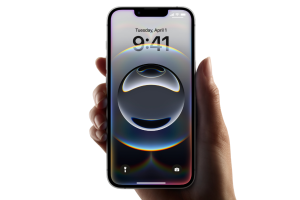

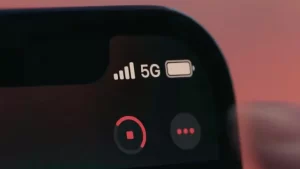

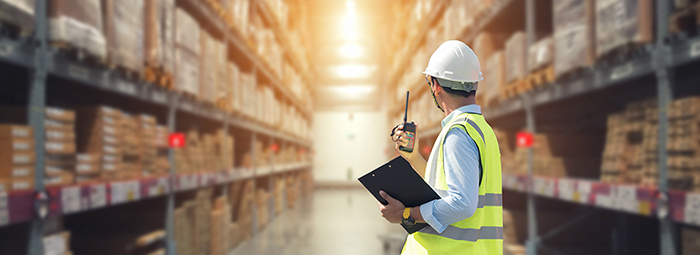



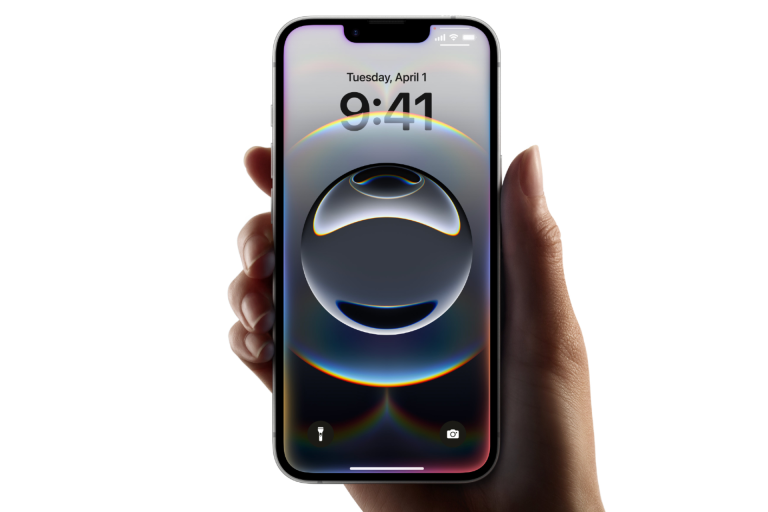


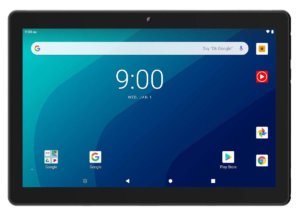
One thought on “How is Technology Revolutionizing Security?”